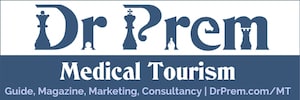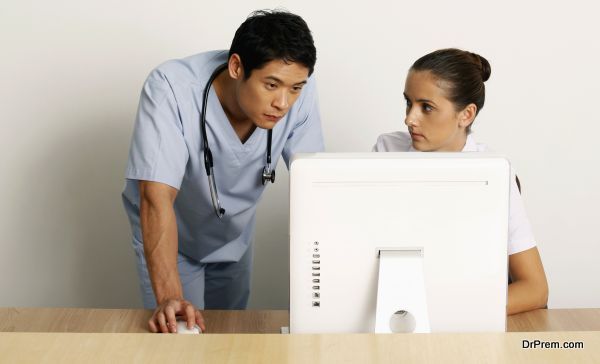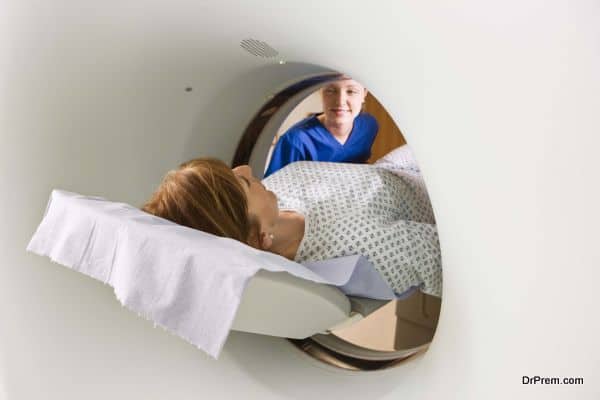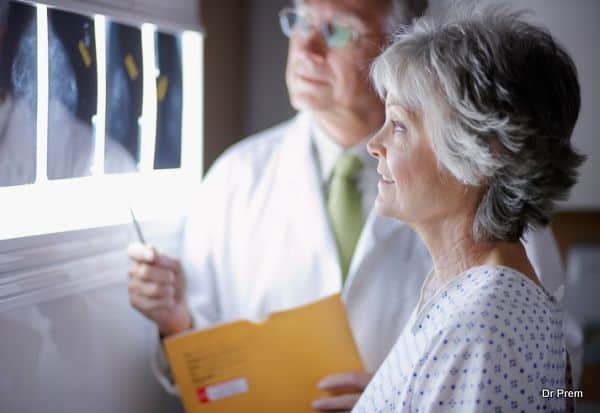Ransomware is software that helps someone with malicious intention to get access to your physical, mental and healthcare data. It is as vile and as criminal as extorting a victim at the gunpoint. Here the victim is the patient who is vulnerable to Ransomware aided assault.
This malevolent software locks up data in the hospital’s computer network and leaves threatening cannonballs demanding money if the hospital wants the data to be unlocked.
Almost 50 % of the US hospitals have been infected with Ransomware; thus, giving the authorities and patients sleepless nights.
The vital data that the Ransomware takes hostage could include patient’s health parameters on which the treatment and survival of the patient depend like body temperature, blood pressure, pulse beat, respiratory rate, blood count, serum levels and other important database.
How would you feel seeing someone playing with the life of your dearest ones admitted in a clinic?
Since Ransomware has turned into a lucrative blackmailing device for money extortion for cybercriminals, the rise in assaults had been phenomenal over the years, putting several US hospitals in the grip of terror.
Hacker targets hospitals around the world
The ordeal faced by Hollywood’s Presbyterian Medical Centre for being assaulted by Ransomware had become infamous because this malicious software had crippled hospital’s entire electronic database for days demanding money to be paid to the hackers.
Eventually, the hospital had to pay the ransom for 40 bit coins, a digital currency of floating worth. Each bit coin is rated around 420 USD in the early February 2016. After the payment was done, the system resumed functioning ten days later.
The signature route for a Ransomware assault would come in the shape of an emailed link posted on a hospital staff’s PC. As he clicks on the link or attachment, the computer gets locked and entire network system gets paralyzed. Victims are compelled to pay the hackers and desperate to get the ‘ key’ to unlock the data.
In many hospitals, the medical equipments run on outdated operating systems which are not insulated against malicious wares by security firewalls. These become the easiest targets for Ransomware hackers.
Hospitals have been lagging far behind other industries so far as software nuances are concerned. They also lack both the knowledge and system upgrade to combat effectively malicious software striking out of the blue with an element of threat. Since hospitals operate on the premises of the question of life and death of patients, many have preferred to bow down before the option of ransom payment.
A study revealed that the number of Ransomware assaults would likely to rise in 2016 due to an enhancement in the refinement of software used to launch an attack. The easiest and the best defense against Ransomware would be not to click on any unknown links and attachments tied to an email dropped in the in-box.
Why hackers want your health care data?
Malicious software is a curse of electronic media of communication and they had been in existence for around a decade now. However, of late their assaults have come into limelight whose main target is the healthcare industry. The reason for hospitals being the ideal hunting ground for hackers could be seen easily:
- Hospitals deal with critical patient data and depend upon the latest updates from patient records.
- Without ready access to treatment details, drug administration histories, surgery directives and other vital information, patient care can get delayed or stranded leading to situations getting complicated which might even lead to the death of patient.
Who would thus risk the loss of reputation? The only option is to pay the money without further delay.
Ransomware criminals know it is easier to play with human life at gunpoint because the hospitals do business on a vulnerable ground. Chances of emotional blackmail are rather easy because human life would be at stake. Loss of human life has got more social and media impact than loss of inanimate inventory like plastic sheets for a manufacturing company. Hence, the temptation to launch a cyber assault on hospitals looks obvious.
Preventing the chances of being hacked
The entire issue of Ransomware boils down to the person in control of the mouse. The following advice is to be followed strictly to prevent chances of being hacked:
- Think before clicking. Hospital authorities should be wary enough before clicking a link and should ensure they are received from a trusted source.
- Don’t trust your antivirus too much. They can let you down when you need them most. Check the expiry date of your antivirus and go for renewal.
Geography of online attacks
Two fifth or 41% of business computers confronted local menace from infected USB strips and other fabricated removable media. The experts also noted a 7% rise in the share of cyber misuse singling out the android platform revealed hackers’ rising attentiveness in data stored on employee’s mobile phones.
These assaults are well planned and organized and retrieve significant material from the browsing habits of person in the entire supply chain connected with the prime target industry.











